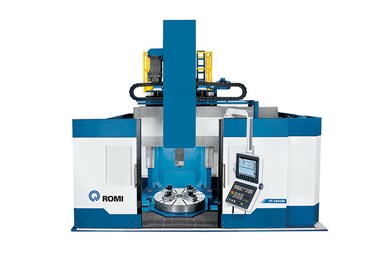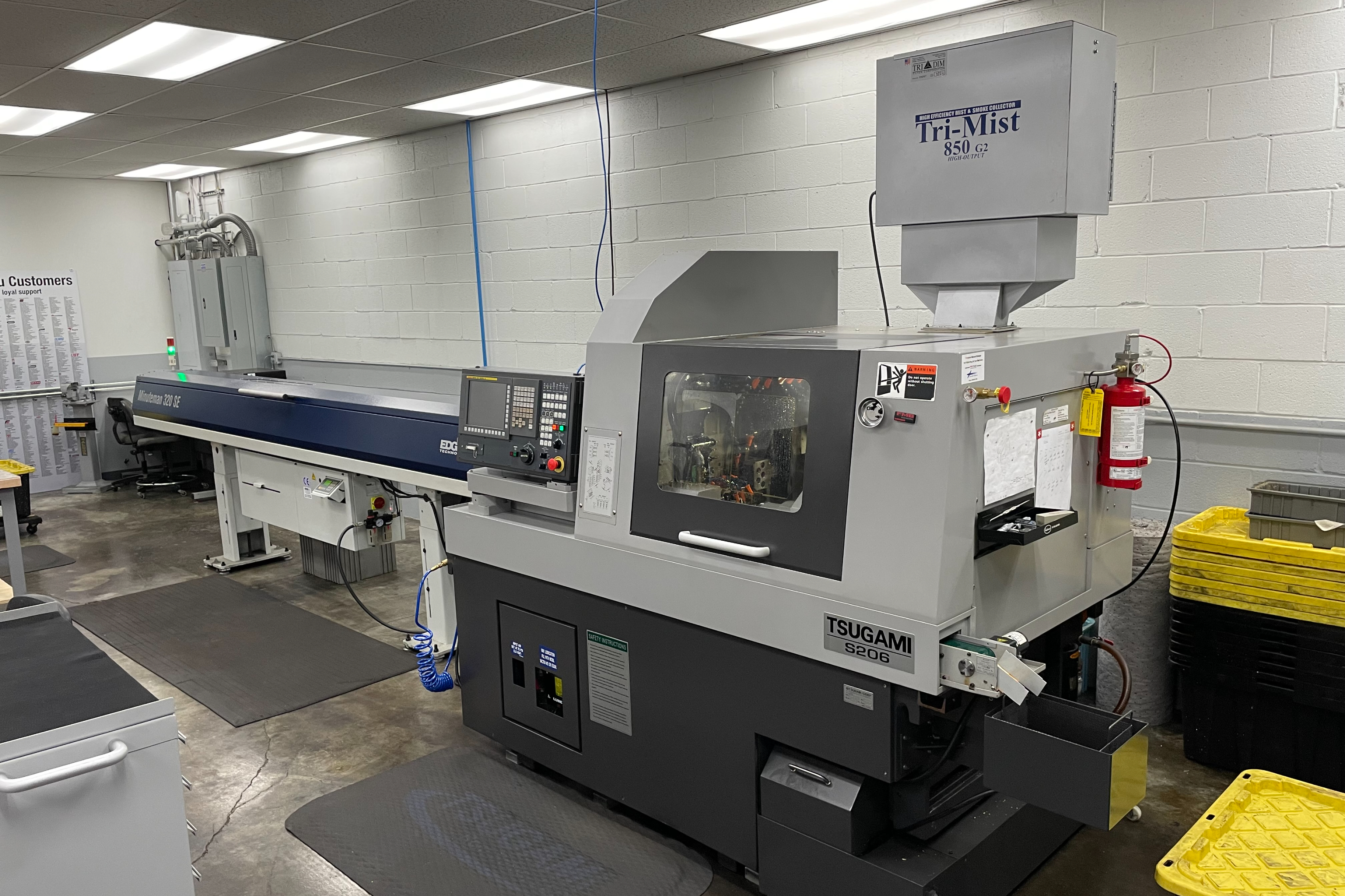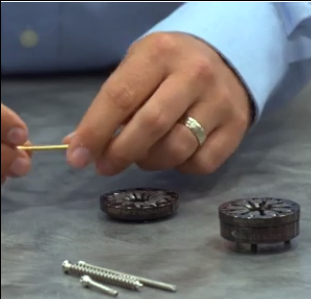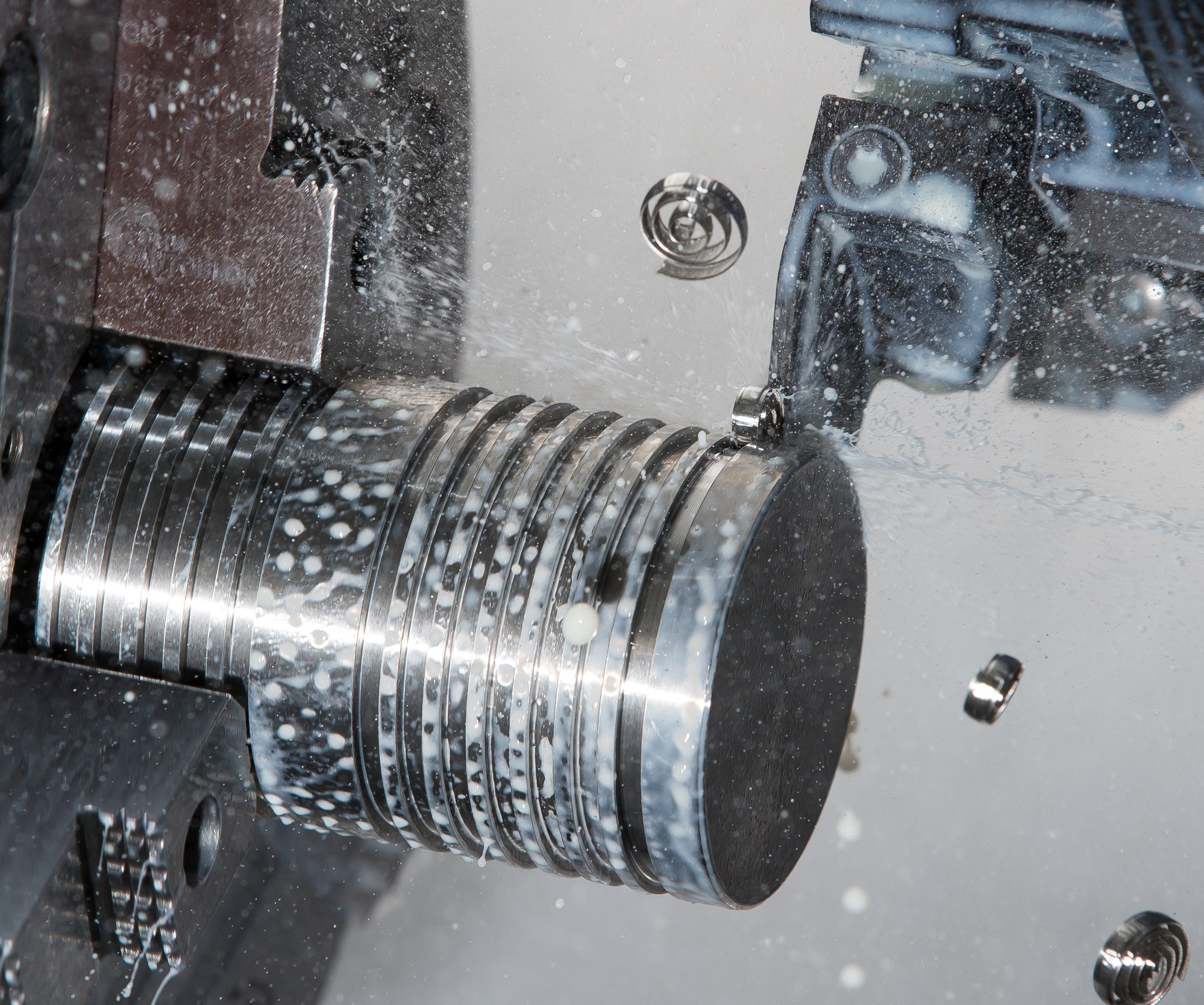Romi's VT Series Vertical CNC Lathes for Large Load Capacities
Appears in Print as:'Vertical CNC Lathes for Large Load Capacities'
The company says the lathes’ robust mechanical structure provide exceptional rigidity, stability and versatility for machining workpieces found in heavy industry.
#horizontal-and-vertical-lathes
Edited byAngela Osborne

All Romi VT series vertical CNC lathes feature vertical RAM, C axis, 31 kW live tooling with spindle taper ISO 50 with either a 10- or 20-tool magazine.
Romi’sVT Seriesvertical CNC lathesincludes six models ranging from the VT 1400M with a load capacity of 22,000 lbs to the VT 6000 that can handle 198,400 lbs on the chuck. The ability to effectively machine parts this size are made possible due to Romi’s cast iron monoblock beds, columns and vertical carriage. The robust mechanical structure provides exceptional rigidity, stability and versatility for machining workpieces found in heavy industry, the company says.
The series includes the VT 1400M, VT 2000M, VT 2500M, VT 3000M, VT 5000 and VT 6000 with table sizes from 1,400 mm (55") to 6,000 mm (236”) with a maximum turning diameter from 1,600 mm (63") up to 7,000 mm (276”) and maximum height allowed from 1,650 mm (65") to 4,000 mm (157").
All models feature vertical RAM, C axis, 31 kW live tooling with spindle taper ISO 50 with either a 10- or 20-tool magazine and linear scales for machining precision. The VT Series is equipped with a Siemens Sinumerik 840D SL CNC with a 19" LCD color monitor, USB port and Ethernet interface.
RELATED CONTENT
Hard Turning with Inverted Vertical Turning Centers
When it comes to the machining of hardened surfaces, hard turning is a particularly efficient solution that, compared with grinding, offers a radical reduction of machining times and investment costs.
Programming Self-Loading Vertical Turning Centers
This article looks at some programming considerations for a self-loading VTC to help get the most efficient production from these machine tools.
Moving Vertical Turning Up
There is always room for improvement, and transitioning from vertical turning to inverted vertical turning can be one way to improve your shop’s efficiency. The benefits of inverted vertical turning include a smaller machine footprint relative to horizontal turning centers of similar capacity; multitasking capabilities; and maybe the biggest benefit—chips fall away from the spindle into a conveyor in the machine base and out of the workzone.












